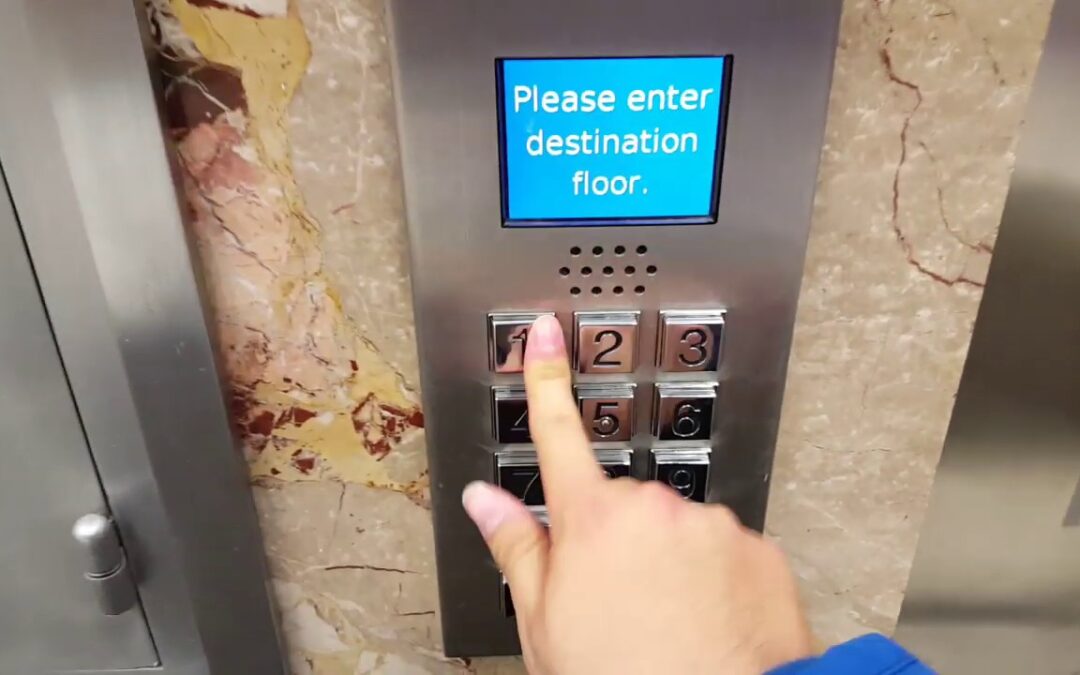If you are fed up with the waiting time and delay of elevators due to unnecessary crowd and stoppage then destination elevators are here for the rescue. The Destination Dispatch Algorithm is an optimization approach for multi-lift facilities intended to reduce wait and journey times for groups of people traveling towards the same destinations by using the same lifts. You no longer have to halt at every single floor for the convenience of your co-passengers, instead, land directly to your destination floor in no time.
Passengers record their destination floors during landings in a destination-based control system. Estimated Time to dispatch is the main system behind the dispatch algorithm. The system then displays to the passenger, which elevator to use. A spectrum of artificial intelligence and optimization approaches apply to the transmission of lifts through the ETD traffic control system.ETD can function as a comprehensive destination control system that passengers record on landing.
Based on the information provided by the customer regarding the trips they intend to make the controller allocates a specific elevator card for a particular group of passengers moving towards the same floor. This improves the efficiency of the entire elevator system by reducing the number of total trips up and down thereby reducing the energy used by the elevator system. The mechanism of Destination dispatch has made it easier for first-timers to use it in a convenient manner.

Another important benefit of the Destination Dispatch Algorithm is that it has reduced the travel and wait time when compared to traditional elevators. The reduced cost of multiple trips has enabled the owners to invest more in elevator modernization and repair.

Limitations:
Each passenger will indicate their destination intention independently for the smooth running of a destination dispatch system. In most situations, the lift system cannot distinguish a group of passengers from any single passenger if the destination of the group is solely controlled in a single time. This can lead to a lift pausing to collect more people than the actual capacity of the elevator, causing delays for subsequent customers.
Solution:
Two options, a load vane sensor on the elevator, or a group feature button on the keypad can address this problem. The load vane tells the lift controller that the lift car has a high load so that there is no lift halt on other levels until the load is lower enough to accommodate more passengers. The group function keypad requires the number of passengers on a floor and the system dispatches, if available, the proper number of lifts to the floor.



